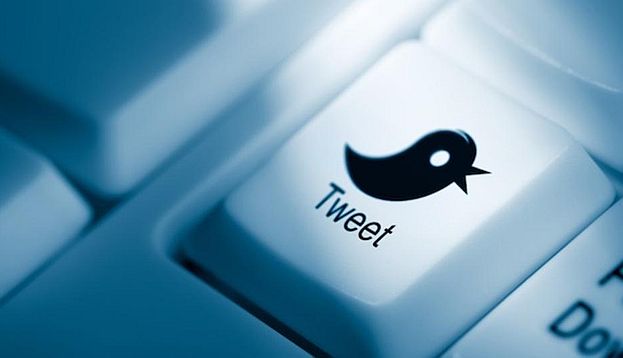Social media obviously plays a big part with movie releases — just look at the online hype behind such efforts as Sharknado 2 and Snakes On a Plane — but the real value comes from tweets that are pointed at films leading up to their release.
According to Variety, the value behind a single tweet, on average, that focuses on a film during its opening weekend, is estimated at $560. This information comes from a study conducted by Networked Insights. That value can vary, though, especially depending on how closely it goes up to coincide with the film’s premiere.
An example of this has a moviegoer’s tweet pricing around $713 on average for additional box office revenue, but it drops to as low as $161 a week before the film’s release. Thus explaining why even the most hyped films can have a severe drop-off, no matter what kind of hype gets behind it.
The report states that the value can vary by genre, with tweets to animated family films getting better exposure because of the multiple ticket holders that go see it — compared to, say, the hoopla surrounding Fifty Shades of Grey, which has seen a tremendous 70 percent drop-off in box office sales following its debut week.
As you can see from the charts below, Tweets have a habit of degressing leading up to the film’s release, and you can see just how effective family animation is compared to, say, comedies.


There are factors that tie in with the excitement for a film, such as Marvel Studios revealing several character-oriented posters for The Avengers: Age of Ultron, leading into its May 1 release date. Also, TV spots that include footage from upcoming movies can play a part, enticing people to get that much more excited about a film. Star Wars: The Force Awakens managed to excite people all over the Internet, and that trailer debuted well over a year before the film’s release, which is December 18.
‘There’s been a lot of discussion over the value of social data when it comes to the movie business,” said Dan Neely, CEO of Chicago-based Networked Insights, which tracks social media discussions in real time. “We wanted to look at what’s the actual value of the consumer engaging with the movie landscape. Now you can actually put an empirical value on it.”
One other study that producers and studios could pay attention to is a new Tweet per Impression metric being introduced by Nielsen. Variety reports that with the system, studios can see just what kind of a social impact Twitter has on its products, be it movies or TV shows.
“We’re going to spend a lot more time focusing on this category,” said VP of client services Erika Faust, talking about the system. “Advertisers now want to start looking into this.”
Right now, the study is focused on the entertainment industry, although it could easily go into other categories if successful. “It’s early days, but we’re finding a lot of interest from studios using social as another indicator and for networks to use to their advantage as well.”
Looks like it’s time to go to the movies.

